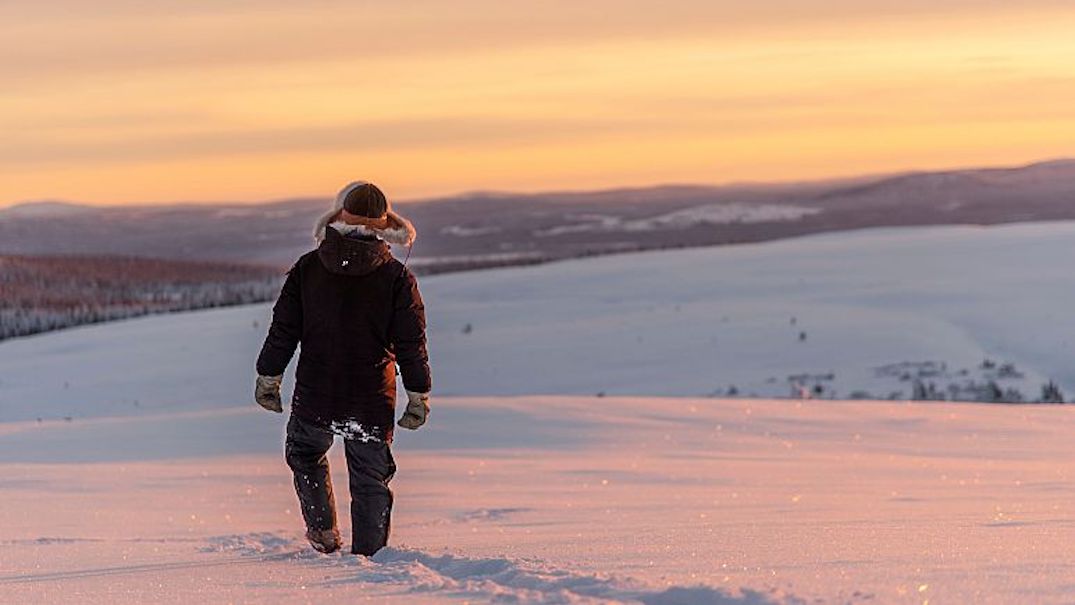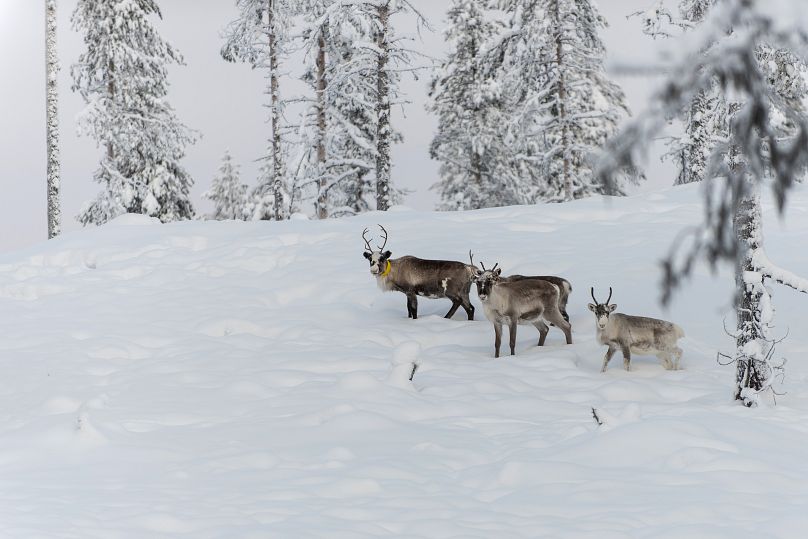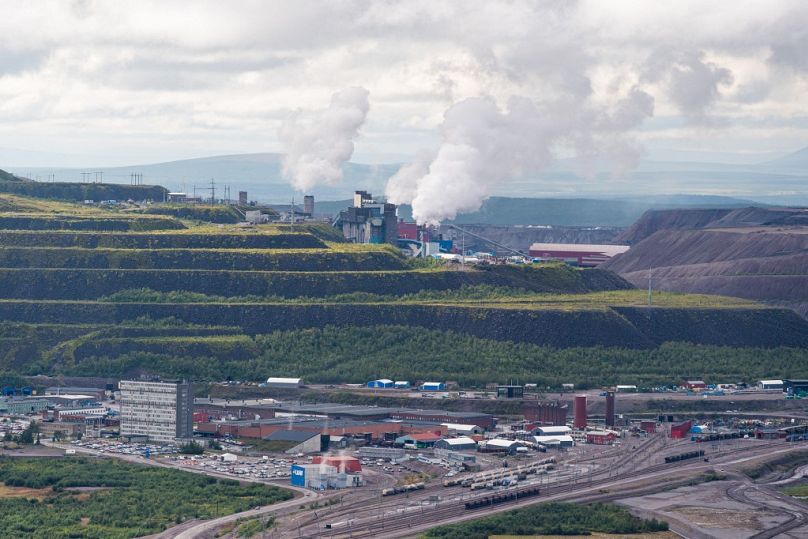Mining Europe’s biggest rare earth deposit could make life ‘impossible’ for Sámi communities

In January, Swedish state-owned mining company LKAB discovered more than 1 million tonnes of rare earth minerals in Kiruna, Sweden’s northernmost city.
These rare earth minerals are key components in everything from electric vehicle batteries to mobile phones to wind turbines. And the discovery of this deposit – just 30 kilometres from the Arctic circle – prompted a slew of celebratory headlines.
Many see the newly found resources as a way of ending Europe’s reliance on Russia and China for the rare earth minerals needed to fuel the green transition.
But it’s a different story for the Indigenous Sámi population that lives near the site.
Local Sámi communities are already affected by an existing Kiruna iron ore mine – and fear the new deposit discovery will threaten their traditional migration routes.
What impact has mining already had in Kiruna?
The Sámi people are spread across four European countries: Russia, Finland, Norway and Sweden. Their languages and culture are deeply linked to their reindeer herds, the land and their way of life.
“Sámi culture is based on a traditional way of land use that has taken place long before Norway became Norway or Sweden became Sweden,” Karin Kvarfordt Niia, a spokesperson for the Gabna Sameby one of the local reindeer communities, tells Euronews Green.
“It’s a way of using land that is by definition green because we are actually letting the animals graze and find food for themselves in their surroundings.”
Her Sameby start their year in May in the mountains near the Norwegian border. Then in August, the reindeer start to move east and they follow them.

To access the winter grazing lands they have been using for hundreds of years, the herders have to move from one side of Kiruna to the other.
“It was important land for us and now this. We have a city and a huge mine,” Karin says.
The mine and the town have left the Gabna Sameby with just a small strip of land, a few kilometres wide, for their reindeer herd to migrate through. Infrastructure for the industry cuts across their historic routes, with railways and roads crisscrossing the land.
“We’re extremely impacted by the mine, LKAB has already cut off our different migration routes, and then the mine has caused damage to the lakes so we are not able to fish there,” Karin explains.
“It isn’t only a matter of our reindeer, It’s a matter of our way of living, our culture and the possibility to keep our language alive.”
Why is the discovery of rare earth minerals being celebrated?
The discovery of rare earth minerals means the state-owned mining operation, home to the largest underground iron-ore mine in the world, is set to expand.
LKAB’s CEO Jan Mostrom described the discovery as “good news” not just for the company, the Kiruna region and the people of Sweden but also for Europe and the climate.
“It could become a significant building block for producing the critical raw materials that are absolutely crucial to enable the green transition,” he said in a statement.

Rare earth minerals aren’t currently mined in the EU and the bloc’s industries are heavily reliant on imports from other countries like China and Russia. It’s no surprise, then, that this discovery and others like it have cheered those looking to cut dependence on outside sources – particularly in the wake of the war in Ukraine.
The company has also promised fossil fuel-free extraction of the minerals as part of the EU’s green transition.
According to Sweden’s Minister for Energy, Business and Industry Ebba Busch, the “EU’s self-sufficiency and independence from Russia and China will begin in the mine”.
More mining could cut grazing lands in two
Karin says the promise of European independence from Russia and China puts the Indigenous population in a difficult position.
The Sámi people are experiencing the consequences of climate change first-hand, and they more than understand the need to mitigate its effects.
“In January, LKAB suddenly launched this idea of a new mine, that they say would save Europe. They would also cut our land, our Sameby in two pieces because it would be impossible for us to graze our Sámi lands.”
She believes that the industry is looking to exploit the green transition for profit, at least in this part of Sweden. Karin says there must be other ways to get rare earth minerals, like reprocessing the 130-year-old waste that is piled up around the iron mine.
“What’s green and what will stop climate change?” she asks.
“Is it to dig out more iron and possibly find more rare earths? Or is it to focus on not polluting more land, destroying more of the fragile ecosystems that you find in the mountains in this part of the EU?”